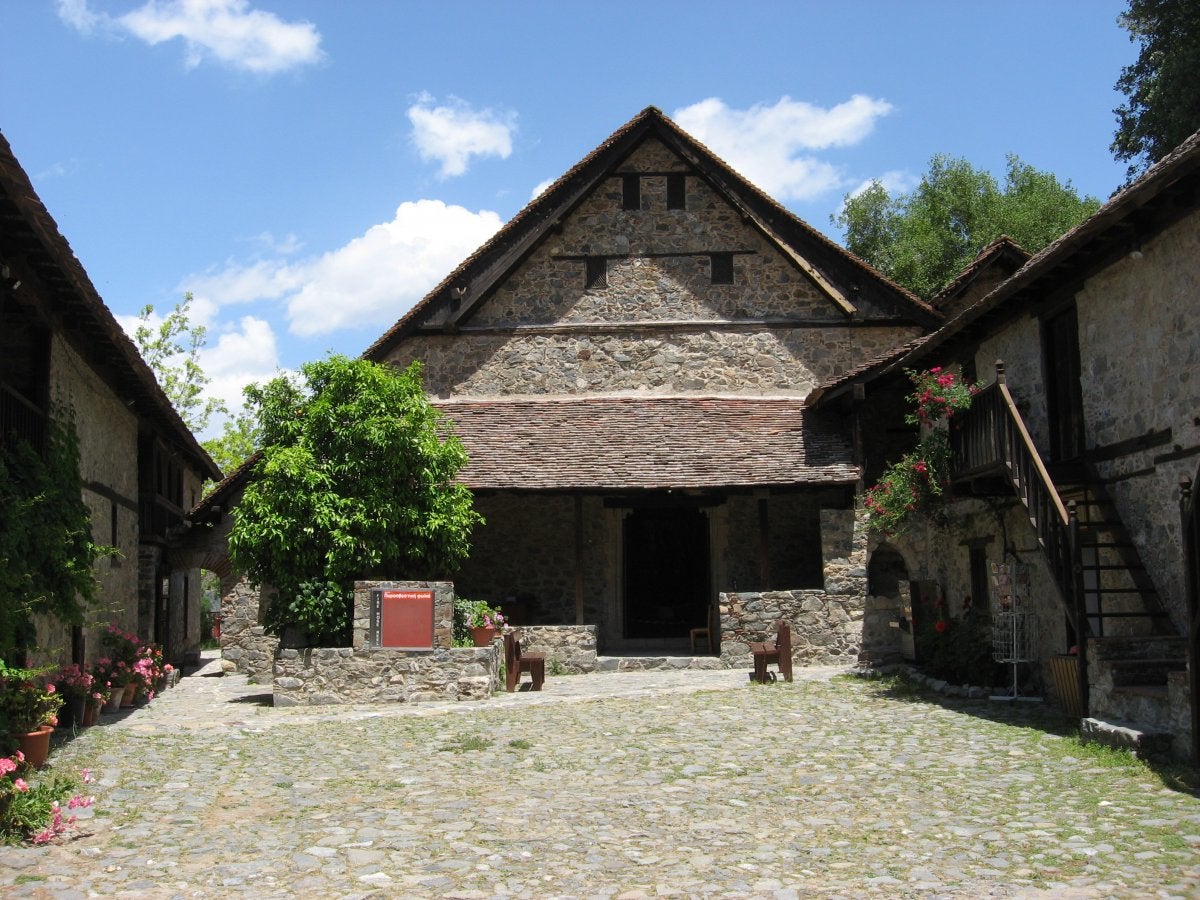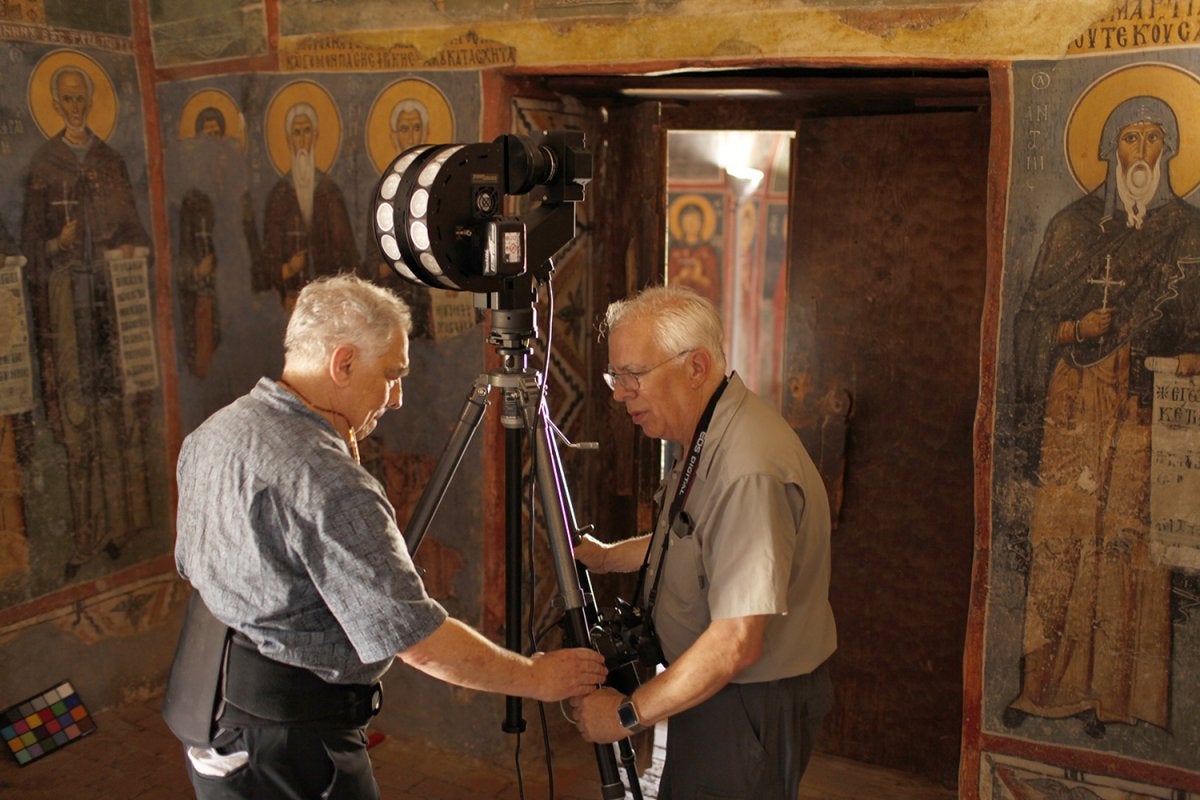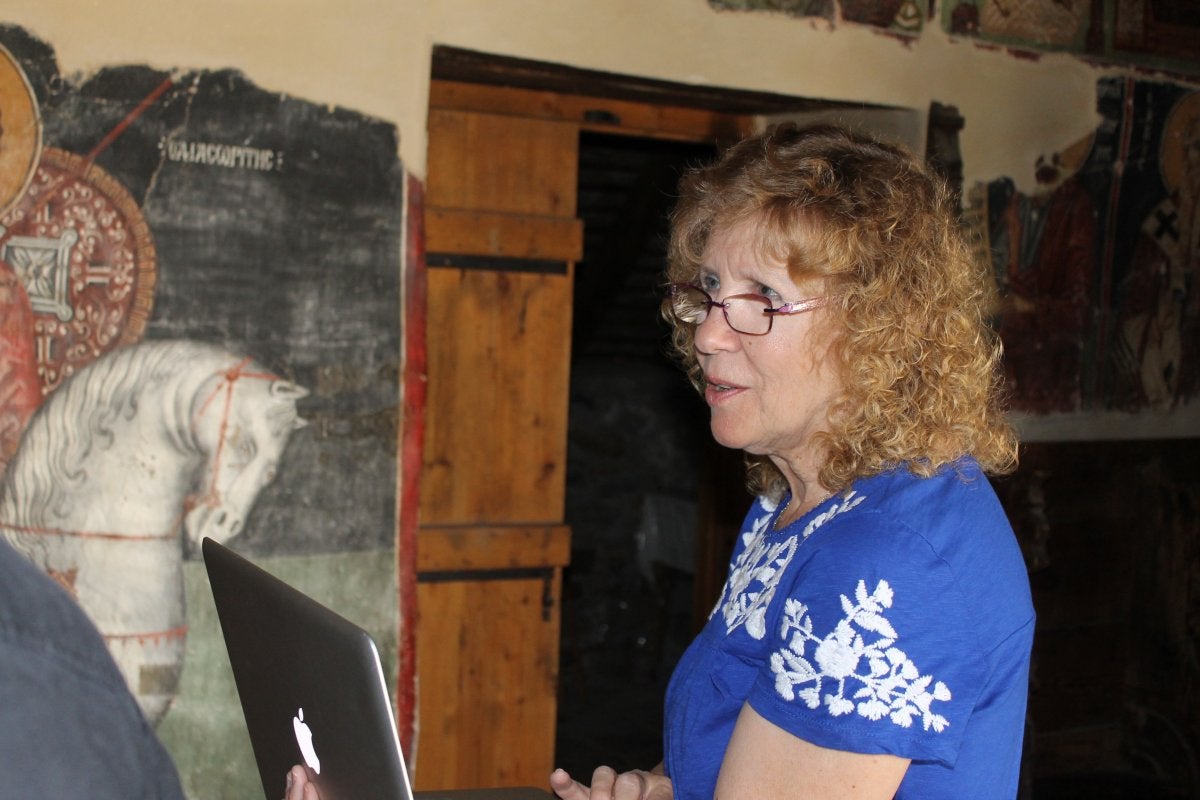TROODOS MOUNTAINS

The Troodos Mountains are located in central Cyprus, the third-largest island in the Mediterranean. Known as the “Green Heart of Cyprus,” the Troodos is the country’s largest mountain range. It covers most of the southern and western portions of the island and accounts for roughly half of its area. The range’s summit, Mount Olympus (also called Mount Troodos), has an elevation of 6,401 feet and is the highest point on the island.
The region is home to one of the largest groups of churches and monasteries of the former Byzantine Empire. Because of their significant historical and artistic values, ten of the Byzantine structures were placed on UNESCO’s list of World Heritage Sites including nine churches: Panagia tou Araka; Panagia tis Asinou; Panagia Podithou; Agios Nikolaos tis Stegis; Timious Stavros tou Agiasmati; Metamorfosis tou Sotiros; Timios Stavros; Panagia tou Moutoulla; Archangelos and a monastery, Agios Ioannis Lambadistis. These historic buildings, some dating back to 11th century, contain some of the most important preserved monuments of the history of Byzantine painting.
CYPRUS TROODOS MOUNTAINS CHURCH-IMAGE DOCUMENTATION PROJECT

During the summer of 2017, five USC participants traveled to Cyprus to image these important painted churches. The Cyprus Troodos Mountains Church-Image Documentation Project was conducted in cooperation with the Cyprus Institute (CyI) and the Department of Antiquities of Cyprus for approximately three weeks, funded by a gift from Helen and Panos Vasiloudes and their family.
Besides the regular West Semitic Research Project (WSRP) team of imagers—Bruce Zuckerman, Kenneth Zuckerman, and Marilyn Lundberg—two undergraduate interns, Alleluia Tyus and Thomas Zhang (the former graduated in December 2017) took part in the project. Both worked extremely well and were fully integrated into all aspects of the documentary work.

A comprehensive set of spherical panoramic images was made of the interiors of eight of the ten churches and monasteries that are part of the UNESCO World Heritage Site. Selected images were also made of important, specific areas of the paintings by employing Reflectance Transformation Imaging (RTI) technology in order to analyze the brushwork of the artisans and to document overall conditions for purposes of conservation monitoring.
The spherical panoramic images were captured with a “Panoscan” camera. This camera is capable of making a 360-degree rotation with a “fisheye” lens, thus recording a floor-to-ceiling image that when processed places the viewer in the center of the image and allows her/him to look in any direction at very high resolution. Other spherical imaging technologies involve taking a series of separate images, which then need to be “stitched” together—a process that entails a good deal of digital interpolation and thus a degree of inaccuracy. The advantage of a Panoscan image is that the image-data is recorded in a continuous pass as a single image. The image is thus, for the most part, seamless and thus far more accurate than other spherical panoramas. The only interpolation required is to stitch the beginning and end of the rotation together.

USC Prof. Bruce Zuckerman & Ken Zuckerman, WSRP |

Dr. Marilyn Lundberg, WSRP |
The other technique employed in the churches is Reflectance Transformation Imaging (RTI), an imaging technique that the WSRP team was the first to apply to cultural heritage targets. In the Troodos churches, the RTIs had the remarkable ability of illuminating the individual brush strokes of the original artisans, as well as even the slightest defect on the painted surfaces, an invaluable record for conservation monitoring. The team primarily employed RTI to illustrate particular details of the paintings, especially where the techniques of the artisans could be shown to best advantage, as well as graffiti left by early visitors to the churches. Due to the desire to concentrate on the Panoscans, the team did RTIs only when time allowed, while the CyI colleagues concentrated on doing far more of them.
What makes both imaging techniques so exceptional is their dynamic, interactive aspects. With the Panoscan images, one can use a mouse to move one’s viewpoint in any direction—up or down, right or left—one can even see the legs of the tripod on top of which the camera sits. Typically, one tends to view the images in these churches in isolation from one another without taking into account their physical relationship. With the team’s highly detailed images the physical relationship of the images can be taken together according to their original intention—to surround the worshipper with walls and ceilings filled with images and the inter-related messages they thus convey. Moreover, in the full illumination of the lighting used in the project, the vivid colors of the paintings almost seem to leap off the walls in a way that cannot normally be seen in the typically more subdued ambient light, as the visitor normally views them. With the RTI-images, one can use a mouse like a very precise virtual flashlight (or a combination of two lights) to illuminate all kinds of subtle details. A toolbox of enhancements is also readily at hand, which a viewer can employ to zoom in and out, boost the contrast or enhance the reflectivity of a given surface. Thus, the images are transformed into textures that reveal artistic brush techniques and other details impossible to see in any other fashion.
During the Spring of 2018, team member Thomas Zhang worked with another undergraduate, Rachel Kartin, to put the images into a web environment as part of an entry in the Undergraduate Research Symposium, for which the students won the Interdisciplinary Award for the Humanities. Rachel participated as part of her directed research project under Bruce Zuckerman’s supervision.
Contact Us
Director of the Undergraduate Archaeology Program
Prof. Lynn Dodd
825 Bloom Walk, ACB 335
Los Angeles, CA 90089-1481